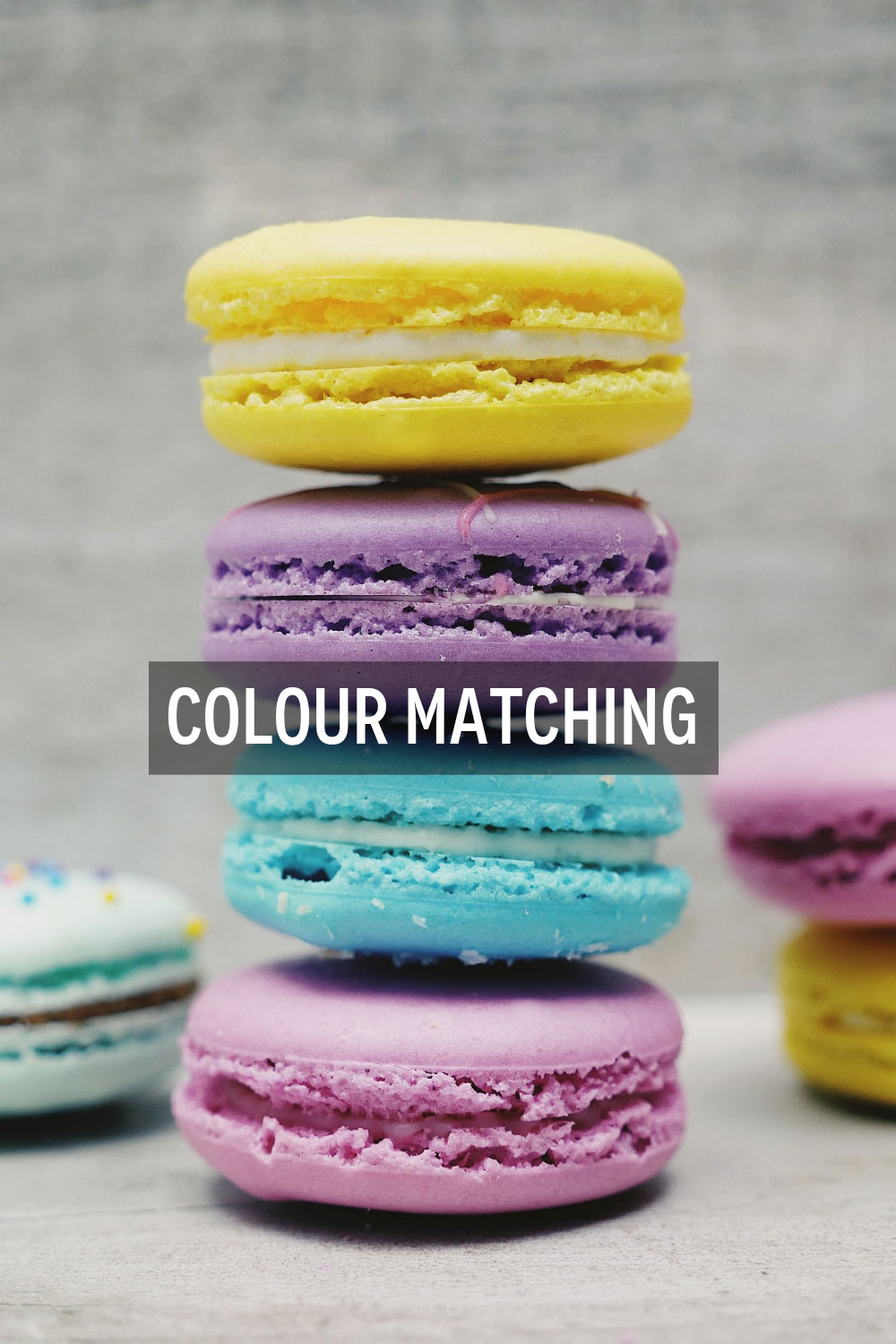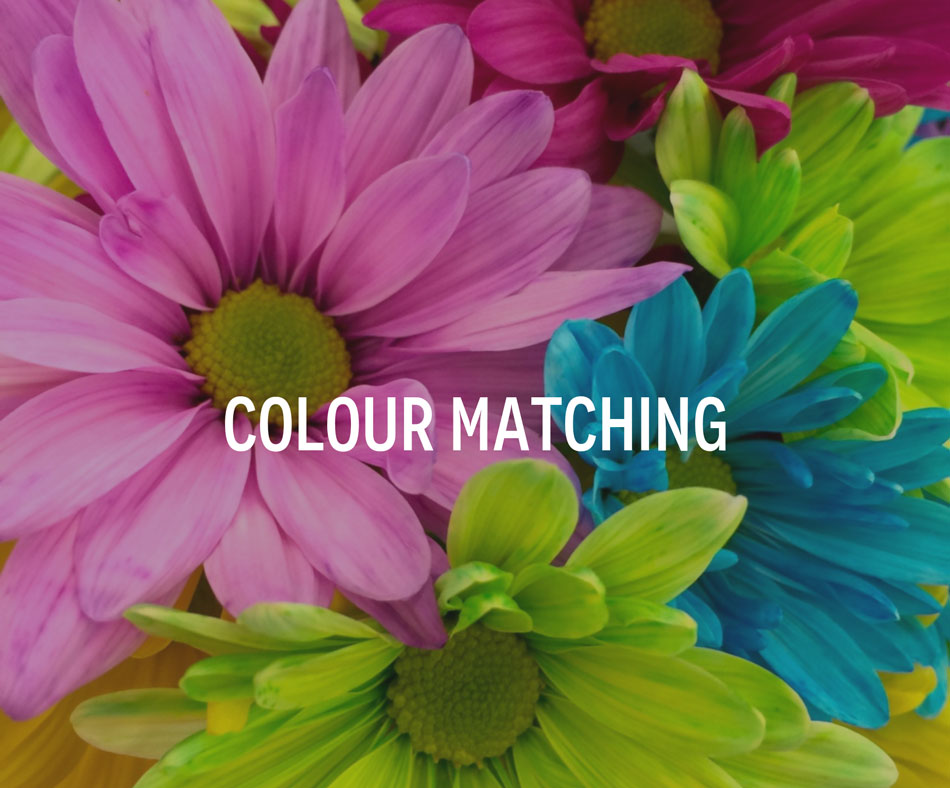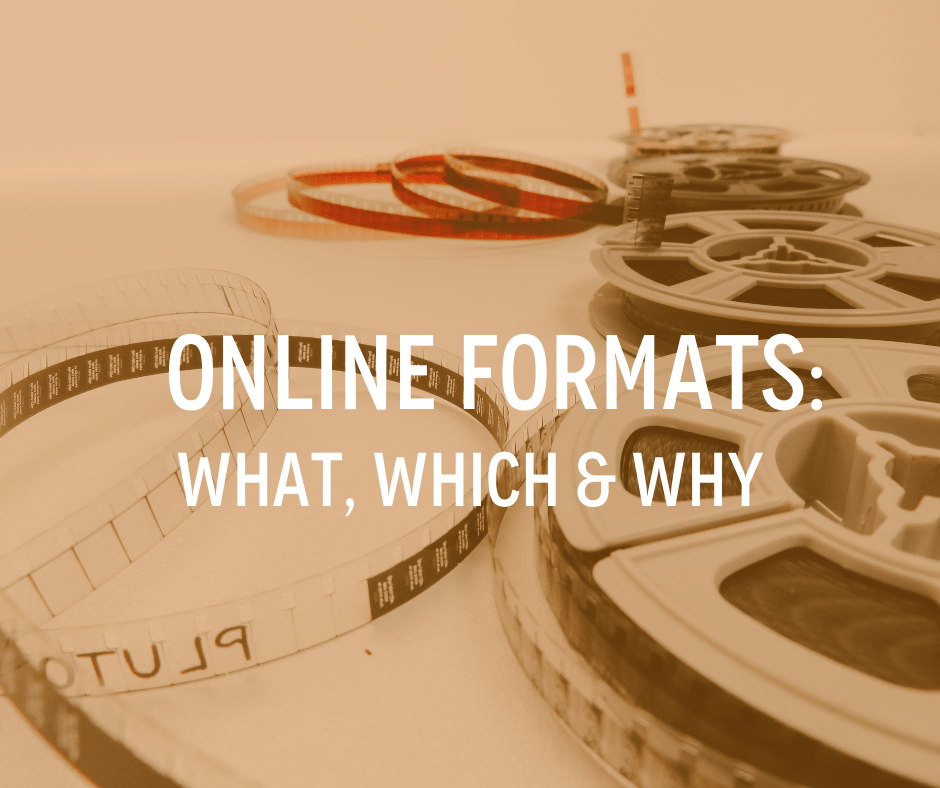
I recently responded to a question in a designer’s Facebook group.
The question follows:
“I’m doing a business card design for a client I just did the branding for, and wanna make sure I get his colours right. He’ll be sending it to an online print company, so there won’t really be any 1-2-1 communication to the printer to clarify.
I got my CMYK hex codes in Illustrator, and managed to match them up with my Pantone colour selector. Now I’m wondering, should I just keep it as is and save as PDF, or is there some way (and any need) to let them know what the Pantone matches are?”
Here is my response:
“Digital colour is a complex beast. The value of matching your CMYK code to a physical swatch book is that the colour you see on the monitor is RGB. You can’t trust it unless your monitor is fully calibrated, and even then, you should always trust numbers over the look of a colour on screen.
The correct process is to choose the colour on your physical Pantone swatch book, then google the CMYK match. Better yet use the Pantone colour bridge which gives you the correct CMYK Codes.
Colour Matching Guide
Understanding The Difference Between RGB, CMYK, & PMS
Colour plays a crucial role in our day-to-day life. It can affect our mood, influence our buying choices[1], and affect our impression of a brand. If you want to convey the right message to your audience, getting the colour right in your designs is critical.
In the massive world of onscreen design and print, we rely on three main colour systems – RGB, CMYK, and PMS (Pantone Matching System).
In this article, I’ll help you better understand colour matching and what each colour system is used for. Hopefully, this article will help you better communicate with your designers and printers for the most consistent color possible.
What is RGB?
RGB stands for Red Green, and Blue. It’s exclusively used in the digital design industry because it represents the same colours used in television screens, computer screens, and mobile device screens. The RGB colour mode is ideal if your design is supposed to be displayed on any kind of screen.
A light source within a device creates any colour you need by mixing red, green, and blue and varying their intensity. This is known as additive mixing – all colours start as black darkness and then red, green, and blue light is added on top of each other to brighten it and creates the perfect pigment. When red, green, and blue is combined at equal intensity, they create pure white.
Designers can control certain aspects like vibrancy, shading, and saturation by modifying any of the three source colors. Because it’s done digitally, the designer manipulates how the light on the screen manifests to produce the colour they want.
When to Use RGB: The RGB colour mode is ideal if the end destination of your design project is a digital screen. This goes for anything that involves TVs, tablets, computers, smartphones, etc. Use RGB if your design project involves:
- App & Web Design (buttons, icons, graphics, etc.)
- Branding (online ads, online logos, etc.)
- Visual Content (digital graphics, infographics, pictures for social media, website, etc.)
- Social Media (profile backgrounds, images for posts, etc.)
Best File Formats for RGB:Here are the best file formats when using RGB colour mode:
- PSD is the standard source file for RGB documents, assuming that all team members are working with Adobe Photoshop.
- JPEGs are ideal for RGB files because they’re a great middle-ground between quality and file size, and they’re readable virtually anywhere.
- GIFs capture motion, so if you’re using an animated element like a bouncing icon or a moving logo, this file type is best.
- PNGs support transparency, making them ideal for graphics that have to be superimposed over others. Consider this file type for interface elements such as banners, buttons, or icons.
 What is CMYK?
What is CMYK?
CMYK stands for Cyan, Magenta, Yellow, and Key. In this case, Black is referred to as Key since it’s used in the key plate which is responsible for adding the detail and contrast for the final image.
The CMYK colour system is also known as the four-colour process because it uses four different colours to create different hues. The black colour here is used because the other three colours combined can’t create a fully saturated black.
Unlike the RGB colour system, CMYK is a subtractive color model. Why? This is because the printed ink reduces the light that would usually be reflected – the inks used subtract the brightness from a white background from those four colours.
The CMYK colours are mixed during the printing process, and sometimes, this can cause minor inconsistencies. Because of this, you should always look at the printed proof of a given project before going through with a full print run.
When to Use CMYK. CMYK is the ideal colour system for any material that will be printed, not viewed on a screen. Use CMYK if your printing project involves:
- Advertising (posters, flyers, brochures, etc.)
- Branding (business cards, stickers, storefronts, etc.)
- Merchandise (branded clothing like shirts & hats; promotional swag like mugs & pens, etc.)
- Essential Materials (restaurant menus, product packaging, etc.)
Best File Formats for CMYK: Here are the best file formats when using CMYK:
- AI is the standard source file for CMYK, assuming everyone is working with Adobe Illustrator.
- PDFs. PDFs are great for CMYK files since they’re compatible with most programs.
- EPS can be a great source file alternative to AI since it’s compatible with other vector programs.
What is PMS?
PMS stands for Pantone Matching System. It is a standardised colour matching system that guarantees accuracy according to a specific type of colour and is coded through a numbering system, also known as Pantone. The PMS colour guide is the most widely used colour system in the world – it is the dominant guide used by artists, printers, manufacturers, and designers. The system is highly popular because of its accurate color identification, design specification, and quality control.
PMS has different colour palettes, including Pantone Solid Palette, Plastic Palette, Textile Palette, Plastic Palette, and Goe Palette. All different palettes include thousands of colours and each particular palette is used in a specific industry.
The Pantone Solid Colors Palette is the most widely-used colour palette produced by Pantone. The palette offers over 1,100 unique colours and is mainly used in the publishing, graphics, and print industries. This is the palette that you’ll likely find on most colour printers.
When to Use Pantone: Pantone colours are derived from the Pantone Matching system, a standardised way to ascertain specific colours. One major application for Pantone colours is that they help designers to verify that colours match specifications. Pantones are best suited for:
- Logos and Business Stationery
- Vibrant Hues and Darker Tones
- Special Finishes including Metallic and Fluorescent Colours
- Precise Colour Matching For Logos and Branding
Colour Matching Across All Systems
Using the correct colour mode for your projects can save you time and it also helps your final project look as you intended – whether you use it on the web or in print. You’ll also be able to see any possible issues with your design and correct them before sending them off to your client.
Within your brand guide, make sure to specify the RGB, CMYK, and PMS for each of your brand colors. In most cases, it’s best to start with the PMS colour and convert it to RGB and CMYK.
To avoid colour inconsistencies, I highly recommend using Pantone’s Colour Bridge guides which can give you the RGB and CMYK values to best match each Pantone colour. For example, if you choose a vibrant yellow Pantone colour and then print it in CMYK, you may be surprised that your yellow isn’t as vibrant as the ink colour you had selected. Or if you create a digital ad in RGB and then want to place it in a brochure that’s being offset printed, the vibrant colour you see onscreen will appear muted once it’s printed in CMYK.
With this in mind, make sure to list all specific colour breakdowns in your brand guide so that all users remain consistent in hitting your colour targets. It’s highly important that you look at each colour in its final format to verify that the colour is consistent across all platforms – doing so will guarantee that your branding remains consistent throughout.
Source:





